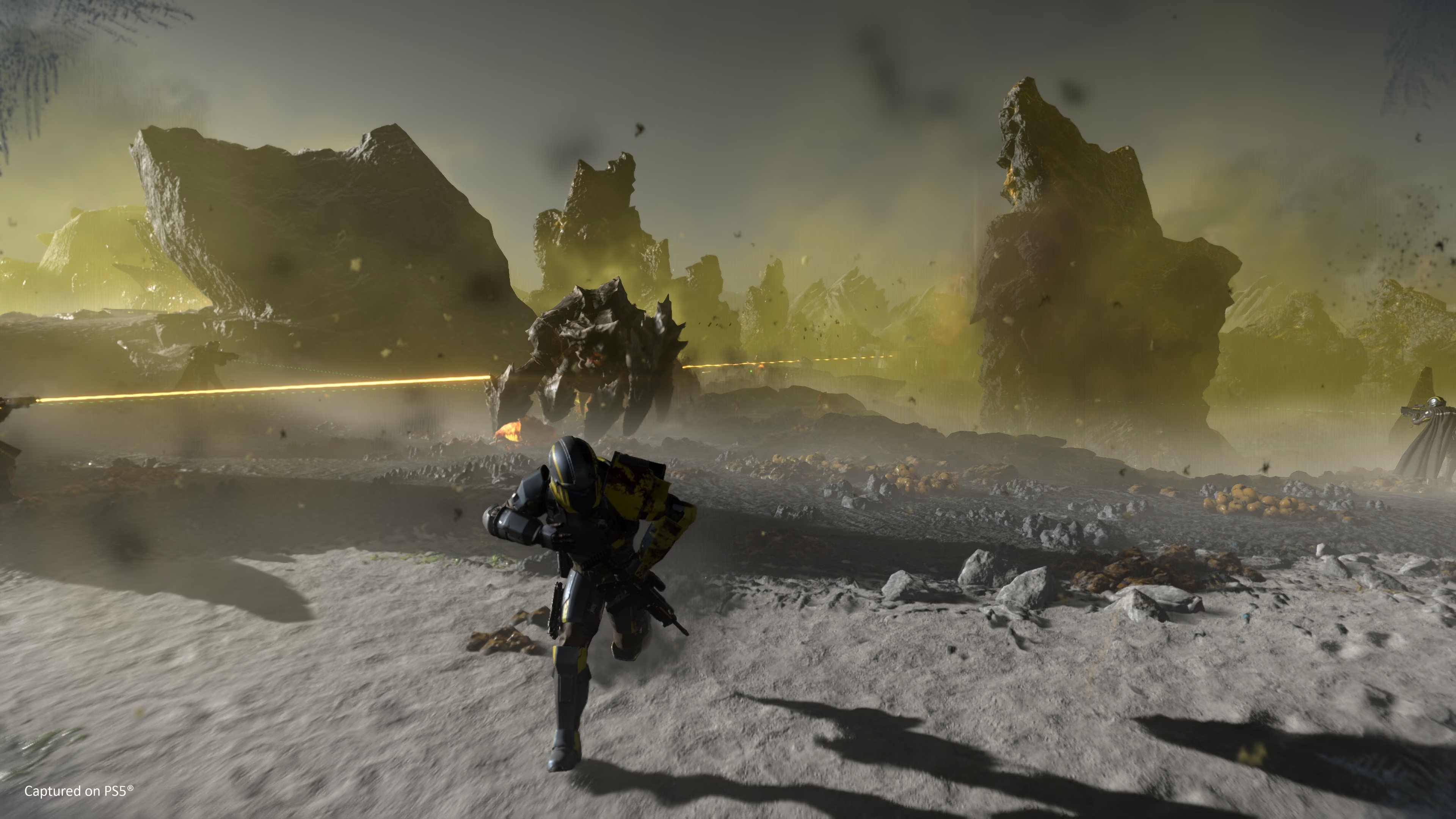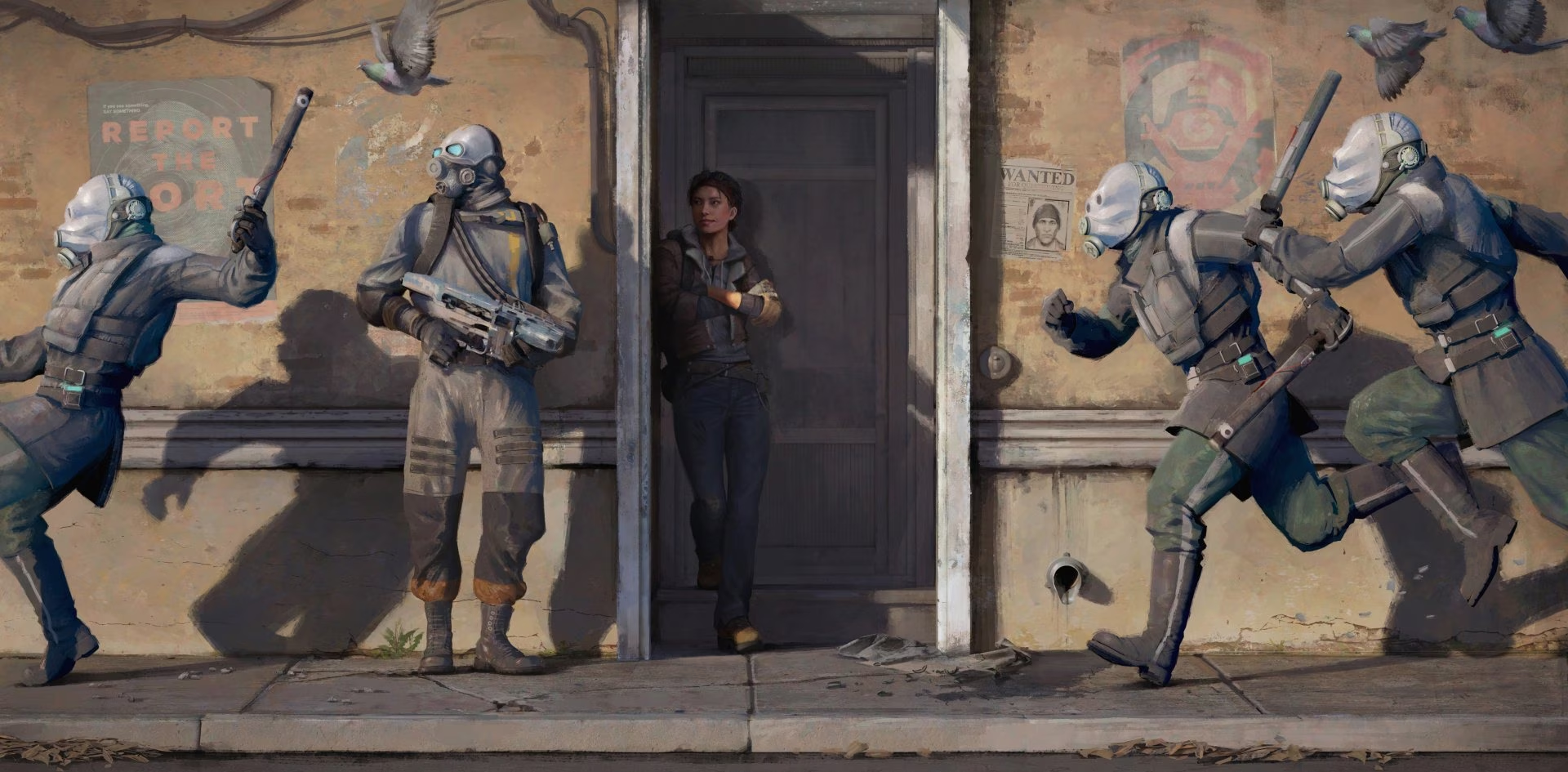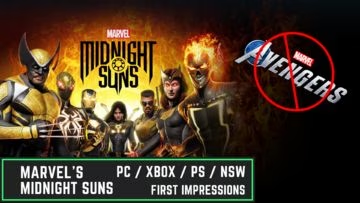Actually Ends The Series Story Quite Well
Dragon Age: The Veilguard
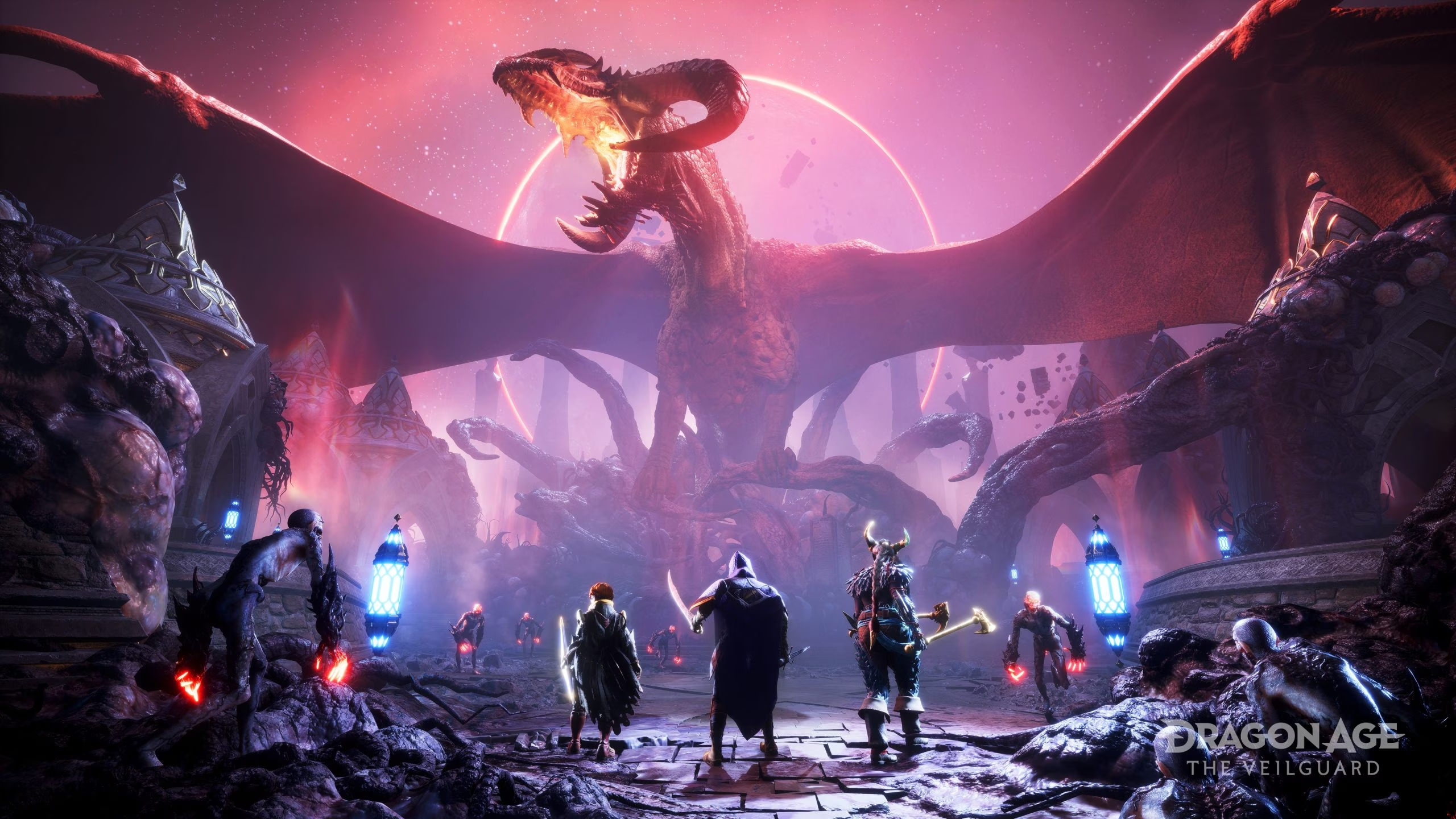

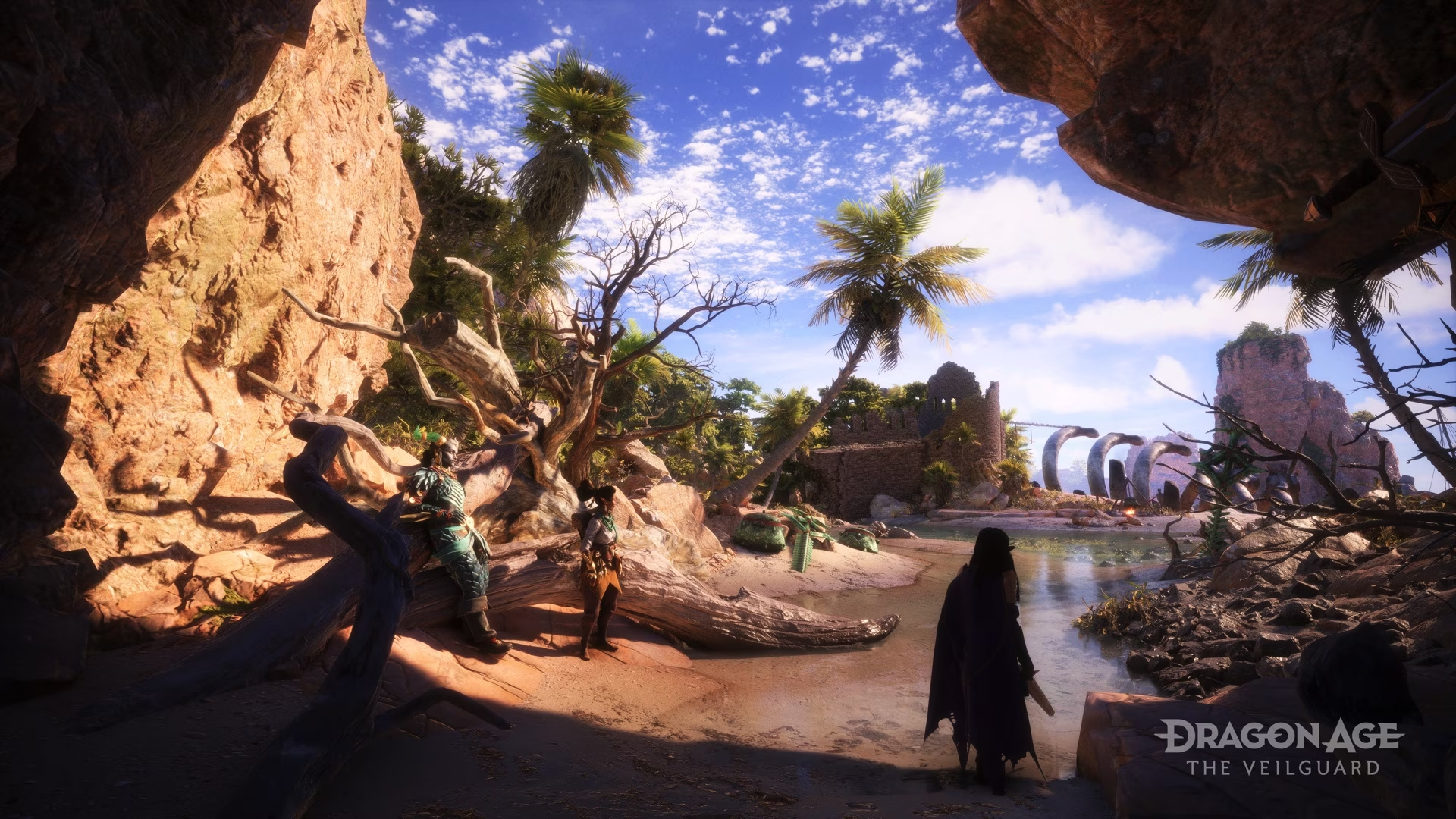
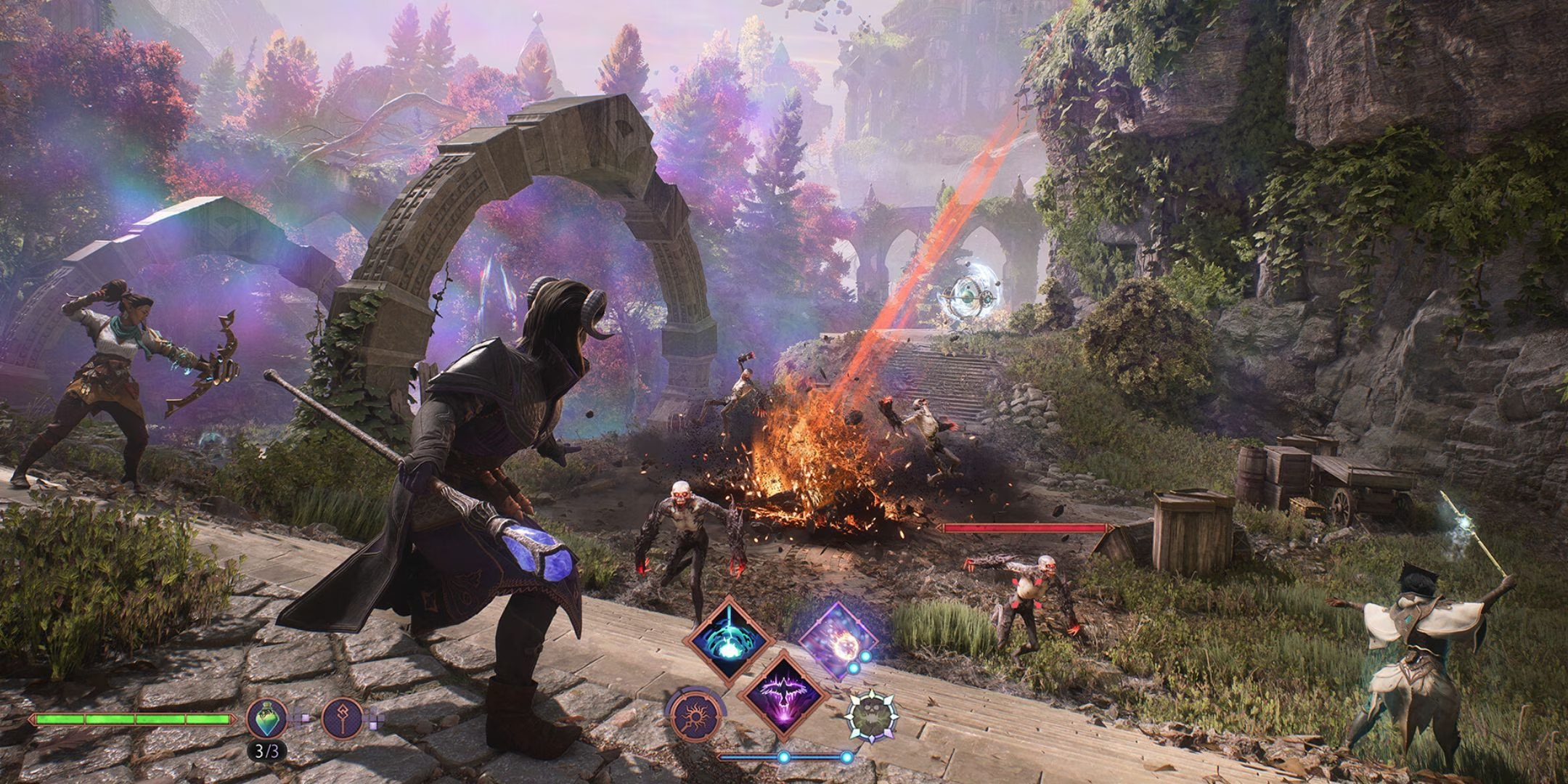
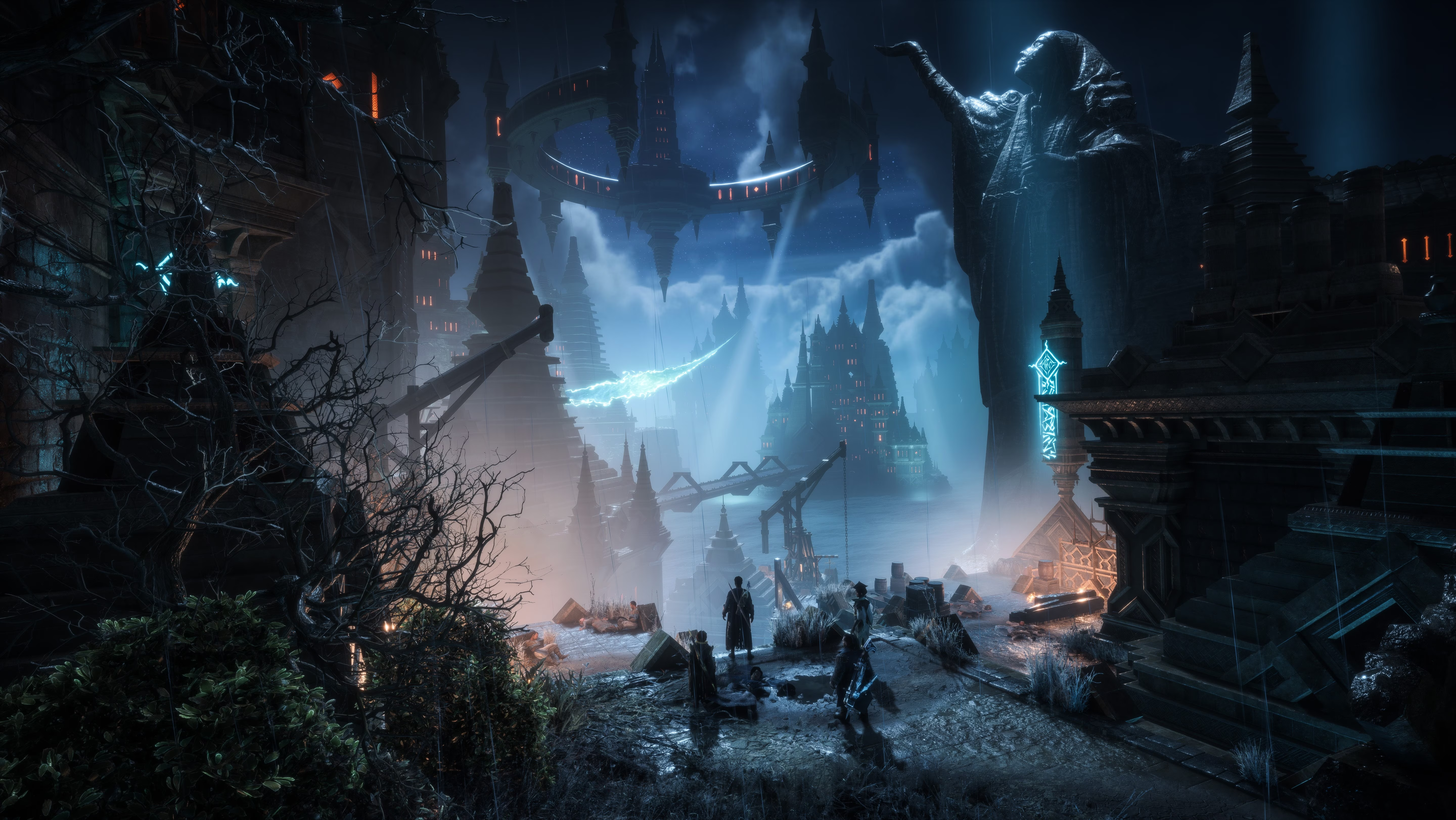


Dragon Age: The Veilguard has been at the center of intense discussion since its launch, with much of the controversy stemming from its art style and perceived emphasis on diversity. However, beneath the noise lies a substantial RPG experience that builds on the legacy of the franchise with bold gameplay and storytelling choices.
Pros
- 🎮 Action-oriented combat with God of War-style mechanics
- 📜 Strong quest structure with clear waypointing and side content
- 🌆 Clever level design balancing open-world exploration and linear progression
- 🎙️ Engaging storytelling with notable narration by Varric
- 🔄 Convenient fast travel system enhancing exploration flow
- 📜 A surprisingly satisfying ending that is the culmination of all the stories of the previous games
Cons
- 🎭 Art style and character designs sparked divisive opinions
- 🗺️ Quest bloat with many filler quests that can feel repetitive
- 🐞 Some reused maps for multiple quests reducing variety

Dragon Age: The Veilguard is a dark fantasy action RPG developed by BioWare that continues the legacy of the Dragon Age series by combining intense, now fully real-time combat with rich storytelling and expansive world-building. Set in a sprawling, immersive high fantasy world filled with political intrigue, ancient magic, and complex characters, It again invites players to step into the role of a customizable protagonist navigating a fractured land on the brink of war. As a long-time fan, I was too invested in the Dragon Age lore to simply stop playing. This is the fourth entry, the one that’s supposed to tie up all the story threads the series has been building for 15 years, so I just had to play it.
From the outset, Veilguard adopts a more action-oriented combat system reminiscent of games like God of War or even Bioware’s own title: Mass Effect, a notable departure from the real-time pausable tactical angle of earlier Dragon Age titles.
Sure, I miss the Dragon Age: Origins style of tactical play, which is much closer to Baldur’s Gate 3 than the current Witcher 3 or God of War-style combat. But then again, the signs that BioWare wanted a more action-packed, real-time game were there as far back as Dragon Age 2. They’ve just gone all-in now, and I don’t mind the change. It’s a familiar transition for long-time RPG fans, similar to the shift from Fallout 2 to Fallout 3 or the evolution of the Final Fantasy series.
The combat was a lot of fun—action-packed, intense, and truly real-time. However, over the course of a 50+ hour experience, it began to feel repetitive and lacking in options. Having only three skill slots is far too limiting, and the skill tree feels restrictive, lacking variety and impactful abilities. While respecs are free, the entire skill system should have offered more to experiment with.
 One gripe though, is that while there is still a party system, you cannot control other characters anymore and are now stuck to your chosen class. You cannot try other class except for when starting a new savefile and creating a different class. This is very different from the previous games where you could 'sample' other classes by way of playing the characters. For example, in Origins, even though I was playing a Warrior, I could experience what it was like to be a Mage through Morrigan and Wynne. This added a layer of RPG depth in a single playthrough that is now missing.
One gripe though, is that while there is still a party system, you cannot control other characters anymore and are now stuck to your chosen class. You cannot try other class except for when starting a new savefile and creating a different class. This is very different from the previous games where you could 'sample' other classes by way of playing the characters. For example, in Origins, even though I was playing a Warrior, I could experience what it was like to be a Mage through Morrigan and Wynne. This added a layer of RPG depth in a single playthrough that is now missing.
The game primarily follows a more linear progression compared to previous entries, guiding players through a focused storyline packed with cinematic moments and meaningful choices. However, scattered throughout are pockets of semi-open areas ripe for exploration, where players can hunt for loot, uncover secrets, and complete side quests that deepen world-building and character development.
The quest structure, waypointing, and how objectives appear on the map were done very well. You can see other side quests on the map / minimap / compass even if you’re not actively tracking them, which is a huge help for multitasking. The level design is probably the best in the series. The environments are a fantastic middle ground between open-world and linear, the locations are incredibly varied, and the smart use of verticality truly shines, especially now that they’ve finally added a jump button.
 As always, I have a problem with the sheer number of side quests in these games. This is especially true when quests for factions and companions appear to have a direct effect on the ending, creating a pressure to do everything. Games like this can feel bloated, filled with quests that just involve talking to a character or "investigating" by pressing a button on obvious glowing spots. The game also suffers from Dragon Age 2's habit of reusing the same maps for multiple quests. If you're a completionist who wants to do everything, you will see the same areas many, many times. Fortunately, Fast travel is implemented thoughtfully, allowing for quick movement without detracting from exploration. This convenience helps manage the sprawling map, making it easier to traverse between distant quest hubs and points of interest. On a minor note, I loved breaking all the destructible crates and vases!
As always, I have a problem with the sheer number of side quests in these games. This is especially true when quests for factions and companions appear to have a direct effect on the ending, creating a pressure to do everything. Games like this can feel bloated, filled with quests that just involve talking to a character or "investigating" by pressing a button on obvious glowing spots. The game also suffers from Dragon Age 2's habit of reusing the same maps for multiple quests. If you're a completionist who wants to do everything, you will see the same areas many, many times. Fortunately, Fast travel is implemented thoughtfully, allowing for quick movement without detracting from exploration. This convenience helps manage the sprawling map, making it easier to traverse between distant quest hubs and points of interest. On a minor note, I loved breaking all the destructible crates and vases!
The art style change was a bit jarring at first. The cartoonish character proportions and faces felt strange, but the effect wasn’t as substantial as I expected. The change was likely amplified by the new setting—the culture and architecture in Tevinter are naturally different. I noticed this when I got to the Deep Roads, a location from the first game. Things suddenly started to look familiar, and it proved the style hadn’t changed that much after all.
 Despite the decent visuals and best-in-class hair technology and regarding the controversies surrounding it, I found the characters weren't particularly attractive. As a straight male character, none of the romance options appealed to me, and they all felt better as friends. Some were initially annoying (especially their faces), like Neve with her stupid hat or Taash, but they grew on me. Speaking of Taash, I was wary because of the online backlash, but story-wise, she was an okay character. As for the game's DEI elements as a whole, I found them to be minimal; it took over 30 hours before I even encountered the first mention of a "they/them" pronoun, and it felt like a natural part of a character's personality, not something forced. It's not something that feels forced. It's basically in the same realm as Baldur's Gate 3's pronouns and man-bear romance or Mass Effect's alien and same-sex romances, when it comes to diversity.
Despite the decent visuals and best-in-class hair technology and regarding the controversies surrounding it, I found the characters weren't particularly attractive. As a straight male character, none of the romance options appealed to me, and they all felt better as friends. Some were initially annoying (especially their faces), like Neve with her stupid hat or Taash, but they grew on me. Speaking of Taash, I was wary because of the online backlash, but story-wise, she was an okay character. As for the game's DEI elements as a whole, I found them to be minimal; it took over 30 hours before I even encountered the first mention of a "they/them" pronoun, and it felt like a natural part of a character's personality, not something forced. It's not something that feels forced. It's basically in the same realm as Baldur's Gate 3's pronouns and man-bear romance or Mass Effect's alien and same-sex romances, when it comes to diversity.
Where the game takes a massive step back, in my opinion, is the roleplaying. The dialogue system has been heavily toned down, a trend that has continued with each game. There are no more skill checks in conversations, very few alternate outcomes, and no “evil” or “asshole” choices like in Origins or the Mass Effect games. This is something I hope BioWare improves in the future.
The main quest, however, is where the game truly excels. The core story and the major plotlines involving factions and characters (when they aren’t filler) are incredibly well-made and will compel you to keep playing. I had goosebumps and hyped moments constantly, especially during the epic boss fights. This was no doubt amplified by my 15-year investment in the series. As for the resolution to the whole saga? I am very satisfied with how the story unfolded. It was an epic experience. The main companion quests were also interesting and larger-than-life, so much so that it often felt like I was playing multiple main quests simultaneously. In fact, if you were that invested in the series starting from the first one up to Dragon Age: Inquisition, playing this one up to the very end is worth it, and the ending absolutely pays off. They pulled off a surprisingly satisfying ending in this one, guys.
While Veilguard does stumble on some fronts — including the art style controversy and quest repetition — it still delivers a compelling, immersive RPG experience with enough depth and charm to satisfy fans.

Conclusion
Despite its controversies and some design missteps, Dragon Age: Veilguard delivers a robust and engaging RPG experience. Overall, I’m quite satisfied with my experience. Narratively, The Veilguard was an awesome and satisfying conclusion that stood on the shoulders of three excellent games. Gameplay-wise, it was fun enough to carry me through, but its lack of depth and variety kept it from being truly great.

